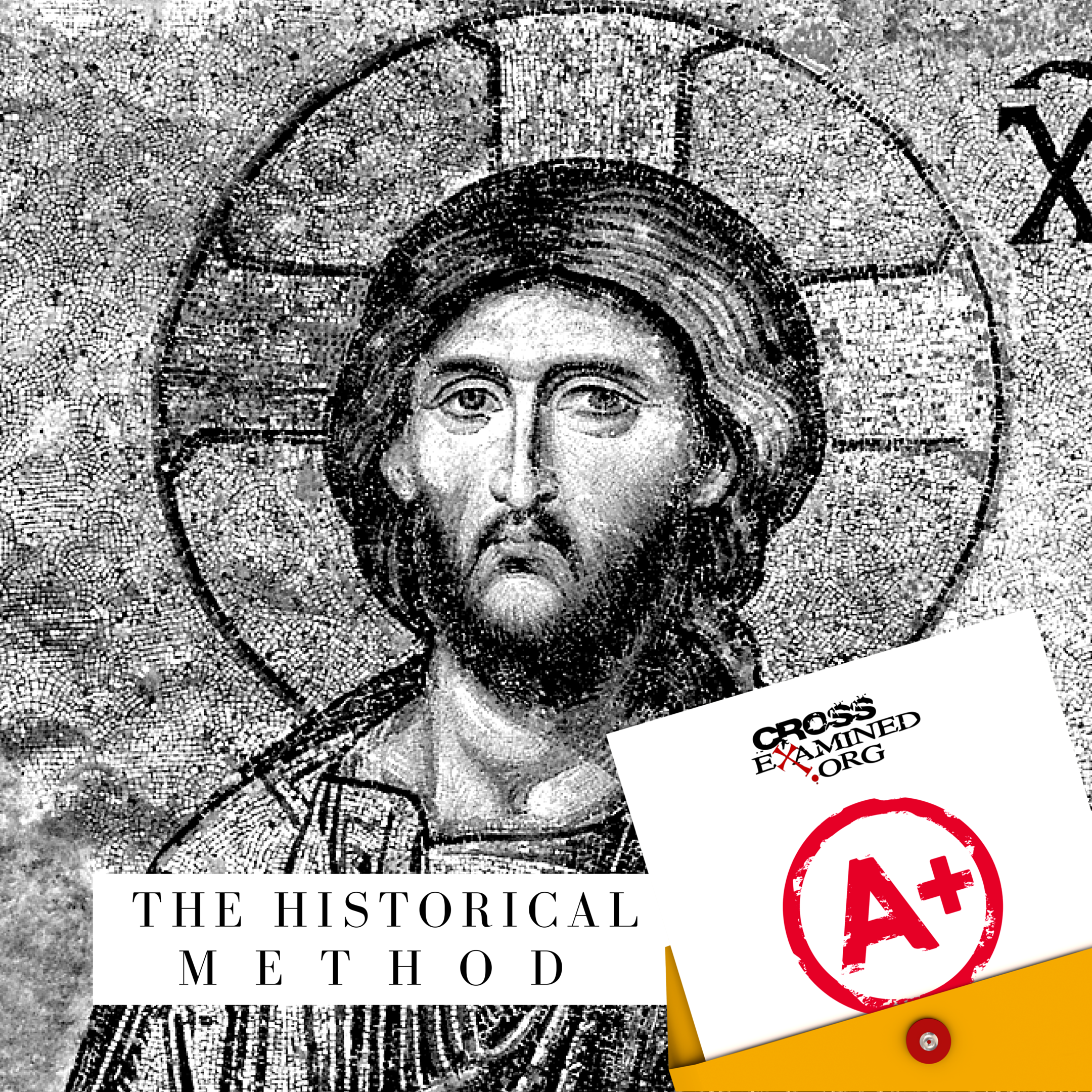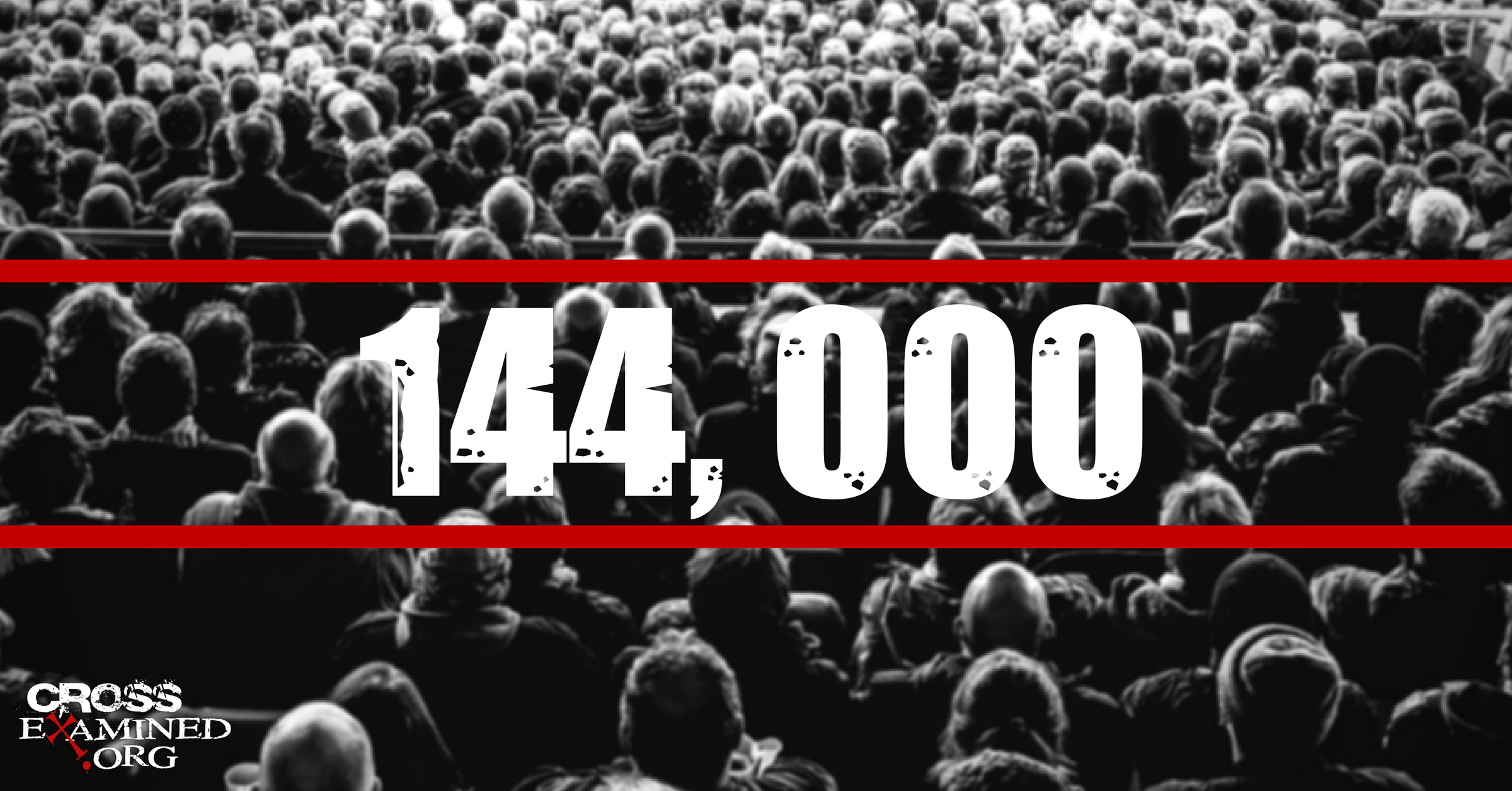Examining Jesus by the Historical Method (Part 8: Two Final Methods and Conclusion)
For the past several weeks, we have been investigating how the historical Jesus of Nazareth fares by being tested by the traditional historical method. Before wrapping up our investigation, NT scholar Michael Licona provides two additional tests that need to be considered. This article will investigate those two additional tests or methods and will offer some concluding thoughts on our quest.
Arguments to the Best Explanation.
Licona notes that the Arguments to the Best Explanation method “makes inferences and weighs hypotheses according to specific criteria.”[1] In other words, the data is compiled and examined according to a particular hypothesis made by the historian. The criteria include:
Explanatory scope: Examining the most relevant data according to the hypothesis.
Explanatory power: Looking at the “quality of the explanation of the facts.”[2]
Plausibility: How much confidence can the historian possess that a certain event took place? For the skeptic, if they are to be honest historically, they must suspend their skepticism and allow for the possibility of the miraculous if they are to become unbiased.
Less ad hoc: Covering only what the data suggests without going “beyond what is already known.”[3]
Illumination: Where one piece of data strengthens other areas of inquiry.
Speaking of this method, Licona goes on to say that “Arguments to the best explanation are guided by inference and can sometimes be superior to an eyewitness to an event. Testimony to the court does not provide truth but data.”[4]
Examining the data that we have presented already when using this method demonstrates that the best historical explanation is that Jesus of Nazareth existed and walked out of the grave the first Easter Sunday. Licona, in his work The Resurrection of Jesus: A New Historiographical Approach , comes to the following conclusion in his over 600 page work:
“I am contending that Jesus’ resurrection from the dead is the best historical explanation of the relevant historical bedrock. Since it fulfills all five of the criteria for the best explanation and outdistances competing hypotheses by a significant margin in their ability to fulfill the same criteria, the historian is warranted in regarding Jesus’ resurrection as an event that occurred in the past.”[5]
Thus, from using this method, Jesus’ historicity as well as Jesus’ resurrection are confirmed.
Arguments from Statistical Inference.
The Arguments from Statistical Inference method evaluates all data in question and evaluates the probability that an event could have happened. If one eliminates the possibility of God’s existence and God’s involvement in an event, then the odds that a “miraculous” event occurred goes down dramatically. However, if one holds that a greater power was involved, the odds go up drastically. Licona gives the illustration of one evaluating whether his son could lift 200 lbs. over his head. While such may be improbable, if one is willing to add that a bodybuilder assisted him, the added datum allows for such an event to become much more probable.[6] If the historian is going to be unbiased, then one must allow for the possibility of God’s existence and the possibility that God may have an invested interest for raising Jesus from the dead.
While this method will always be somewhat subjective, the historian can make an educated synopsis of how historically certain an event is. McCullagh uses the following grades:
“Extremely probable: in 100-95% of cases
Very probable: in 95-80% of cases
Quite or fairly probable: in 80-65% of cases
More probable than not: in 65-50% of cases
Hardly or scarely probable: in 50-35% of cases
Fairly improbable: in 35-20% of cases
Very improbable: in 20-5% of cases
Extremely improbable: in 5-0% of cases.”[7]
While it must be admitted that in history one cannot hold 100% certainty that any event took place. One could argue that one cannot be 100% certain of what a person had for breakfast. However, one could say that it was extremely probable that a person had Cheerios® for breakfast if one sees a used bowl and spoon with bits of Cheerios® cereal, accompanied by used milk at the bottom of the bowl, with an empty Cheerios® box sitting beside the bowl.
So, what can we draw from our investigation?
Concluding Thoughts
So, does Jesus pass the historical method? I would say so. In fact, so much so that I think one can logically hold the following premises.
It is extremely probable that Jesus existed. One can say with over 95% certainty that Jesus existed. To claim otherwise is to hold a level of skepticism that will disallow one to know about anyone or anything in history.
It is extremely probable that Jesus rose from the dead. The strength of Jesus’ existence is coupled with the strength of his resurrection. In my estimation, I would say that one holds a very strong case for the resurrection of Christ being an actual event of history.
It is extremely probable that Jesus’ disciples saw him risen from the dead. Some may argue that this point deserves to hold the level “very probable.” However, I feel that given other data to consider that it is extremely probable that Jesus’ disciples encountered the risen Jesus.
It is very probable that we have good eyewitness testimony telling us about the life of Jesus. While we have fantastic eyewitness testimony for the life of Jesus, particular debates surrounding the Evangelists’ identity and the like take down the probability a notch. In my estimation the eyewitness testimony deserves to have the highest ranking, but to be fair to all the data involved, I give it a very probable ranking (95-80% certainty).
It is extremely improbable that the Jesus Mythicist campaign has any leg on which to stand. Even agnostic Bart Ehrman has confessed that the Jesus Mythicist campaign is erroneous. While the historical data does not prove Jesus to be the Messiah (that comes by faith), the data provides solid grounding for accepting such a belief. In stark contrast, one can claim that the idea that Jesus was a myth is extremely improbable (0-5%).
Therefore, one may deny Jesus’ identity as the Messiah, one may reject his claims as divine, and one may pass off his miracles as the work of a magician, however one cannot deny that Jesus of Nazareth existed and one will be hard-pressed to deny that this same Jesus walked out of the tomb the first Easter Sunday.
Jesus of Nazareth passes the historical test with a solid A+.
Visit Brian’s Website: Bellator Christi
Click here to see the source site of this article.
© February 15, 2016. Brian Chilton.
Bibliography
Licona, Michael R. The Resurrection of Jesus: A New Historiographical Approach. Downers Grove; Nottingham, UK: IVP Academic; Apollos, 2010.
McGullagh, C. B. Justifying Historical Descriptions. New York: Cambridge University Press, 1984.
[1] Michael R. Licona, The Resurrection of Jesus: A New Historiographical Approach (Downers Grove; Nottingham, UK: IVP Academic; Apollos, 2010), 108.
[2] Ibid., 109.
[3] Ibid., 110.
[4] Ibid., 114.
[5] Ibid., 610.
[6] See Licona, 114.
[7] C. B. McCullagh, Justifying Historical Descriptions (New York: Cambridge University Press, 1984), 52.












Leave a Reply
Want to join the discussion?Feel free to contribute!